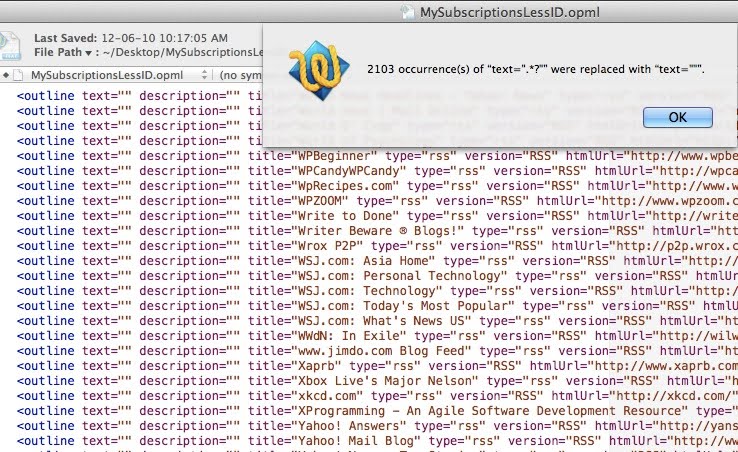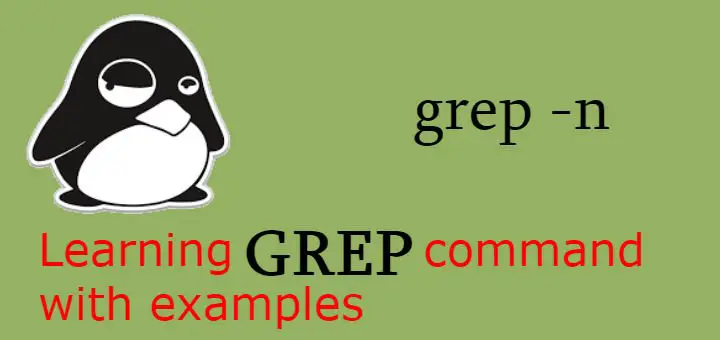

- GREP UNIQUE RESULTS SOFTWARE
- GREP UNIQUE RESULTS PLUS
The following regular expressions match IPv4 addresses. (Hint: it may be easier to first discover how many unique names there are). Posted on Decemby admin Here are some regular expressions that will help you to perform a validation and to extract all matched IP addresses from a file.
Are there any sequences that have the same name? You do not need to find the actual repeated names, just whether any names are repeated. Say if you want to look at genes that are not located in chromosome 1, you can. How many sequences contain the 5' cut site GCWGC (where W can be an A or T) for the restriction enzyme AceI? You can also use grep command to exclude the results containing your search term. Are there any sequences that contain non-nucleotides (something other than A, C, G, T or N)?. How many sequences contain unknown bases (an "n" or "N")?. Make a grep command that outputs just the lines with the sequences, not the names.  Do any sequence names have spaces in them? What are their names?. Make a grep command that outputs just the lines with the sequence names. Hint: some questions require you to use grep twice, and possibly some other Unix commands. Before starting the exercises, open a new terminal and navigate to the grep/ directory, which contains exercises.fasta. The following exercises all use the FASTA file exercises.fasta. If your command isn't working as you expect, try playing with these options and always test your regular expression before assuming it gave you the right answer. multiple copies of the last character please) or its literal meaning (e.g.
Do any sequence names have spaces in them? What are their names?. Make a grep command that outputs just the lines with the sequence names. Hint: some questions require you to use grep twice, and possibly some other Unix commands. Before starting the exercises, open a new terminal and navigate to the grep/ directory, which contains exercises.fasta. The following exercises all use the FASTA file exercises.fasta. If your command isn't working as you expect, try playing with these options and always test your regular expression before assuming it gave you the right answer. multiple copies of the last character please) or its literal meaning (e.g. GREP UNIQUE RESULTS SOFTWARE
Depending on the software you're using (and the options you give it), you may need to escape the symbol to indicate that you want its special regex meaning (e.g. Warning: Adding a backslash is often called escaping (e.g. For example, the regular expression 'AC\+G' will match ACG, ACCG, ACCCG etc (but will not match AG).
GREP UNIQUE RESULTS PLUS
To avoid simply matching a plus sign, it must be preceded by a backslash: "\+". Instead of any number of matches (including zero), it looks for at least one match. The plus sign "+" has a special meaning that is similar to "*".Ranges can be given in square brackets, for example will match 1, 2, 3, 4 or 5.To do this we introduce two new features:

Or just the autosomes may be of interest.







 0 kommentar(er)
0 kommentar(er)
